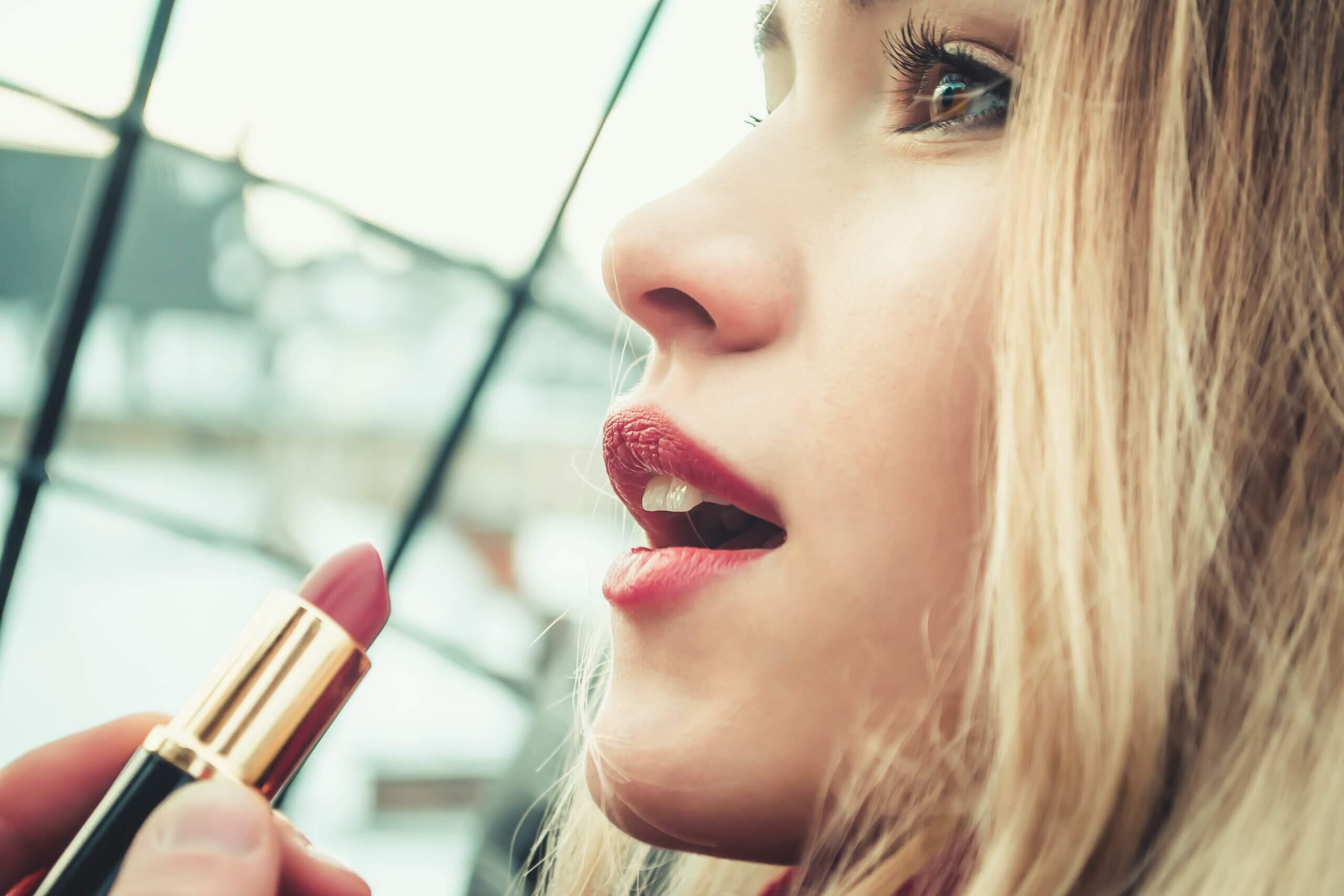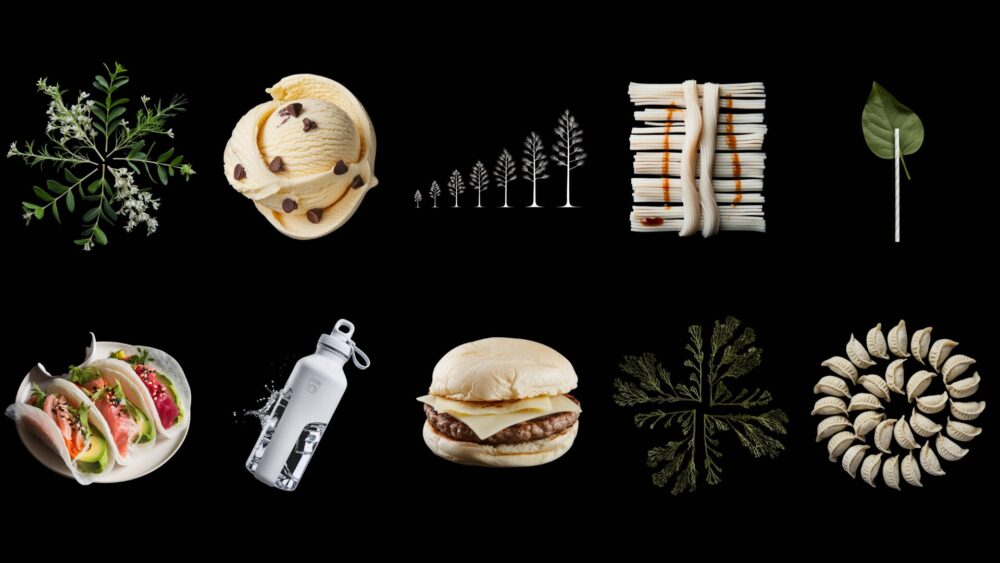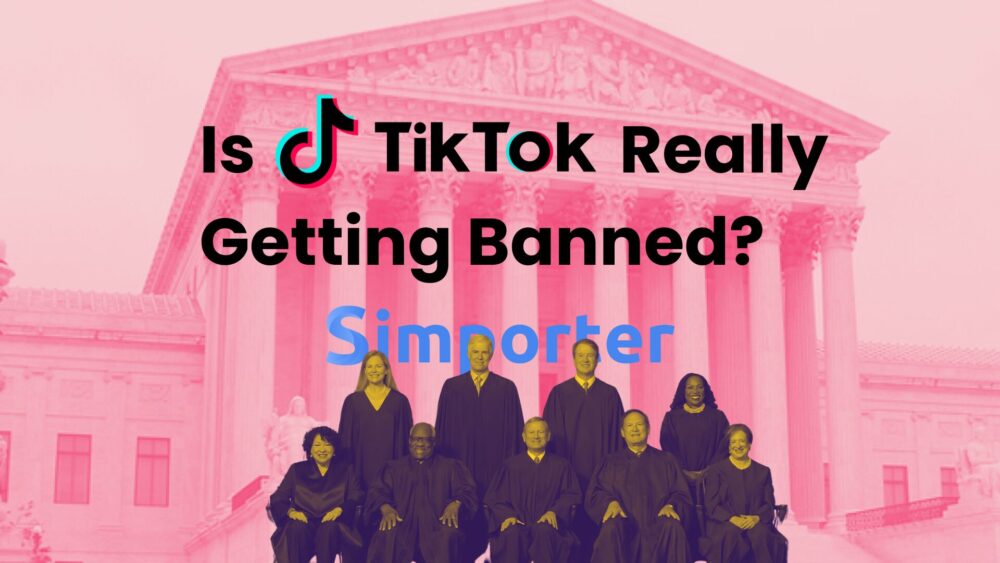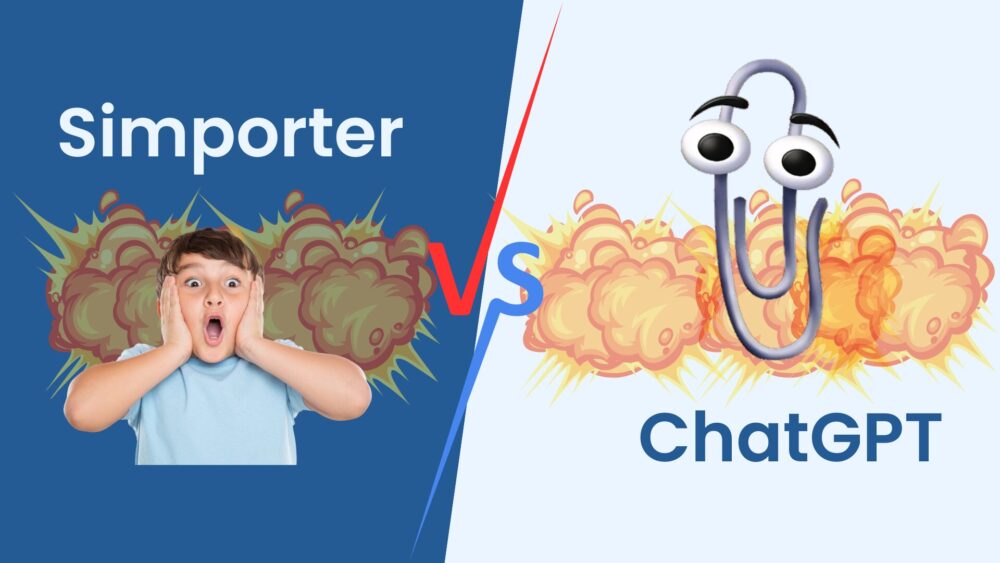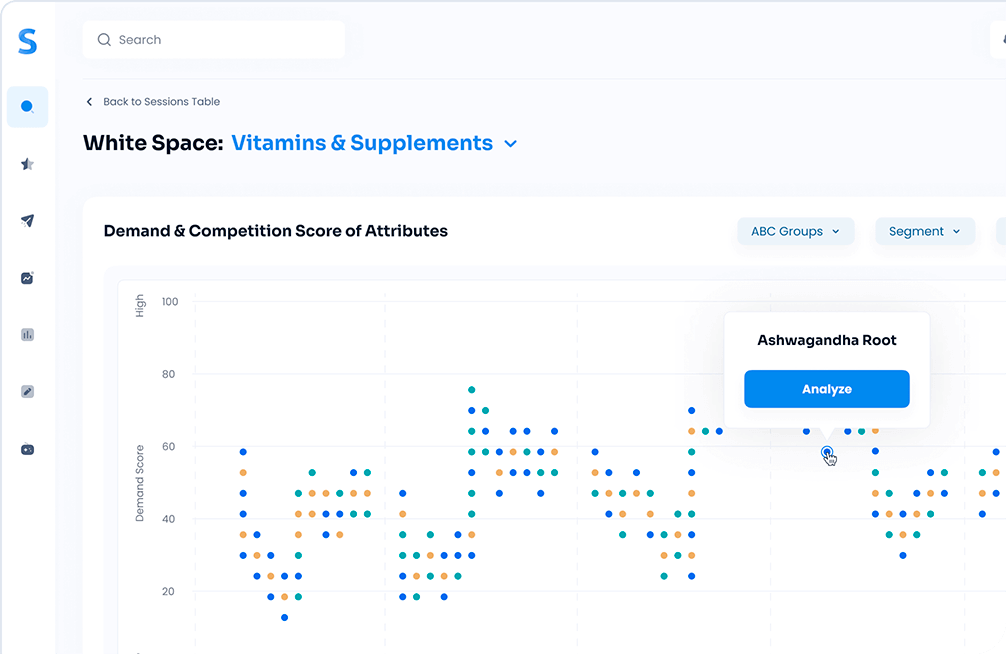Sun Care industry products come in all shapes and sizes and can be applied to the body in various ways. We’ve all had squeeze bottles, spray bottles, chapsticks, lipsticks, face-only sunscreens, and so forth, but we wanted to know which cross-category forms would be popular — and which ones will not be — with consumers here in 2023. So, our team here at Simporter used our White Space AI tool to analyze 24 luxury sun care cross-categories to forecast what will be trending throughout the next 12 or so months.
Here are our Predicted Losers for 2023
The graphic below breaks down eight luxury sun care cross-categories we believe possess the lowest potential for growth in 2023 (aka our Predicted Losers). Sun Care cross-category opportunity scores are determined by looking at both share of voice — a leading indicator of market share — and year-over-year growth rate. Or, in this case, negative growth rate. Now, let’s discuss why these cross-categories will struggle to remain relevant in a crowded Sun Care industry market.
Sprays
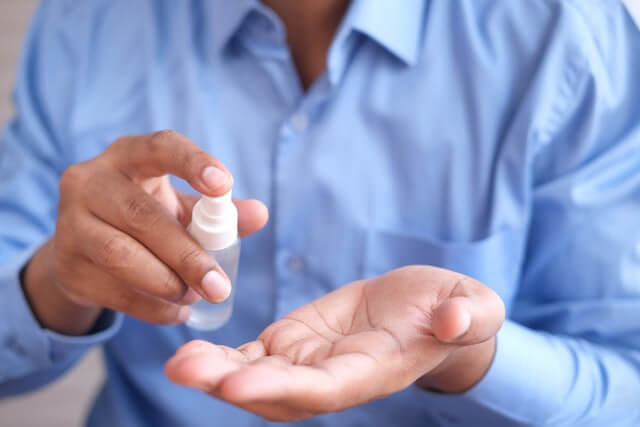
Despite being the absolute king of our list regarding share of voice (9.09 percent), we anticipate that Sprays like this Solar Defense Body Broad Spectrum SPF 40 Spray from Hydropeptide will struggle significantly throughout next year. Our projections assume a negative 67.98 percent growth rate over these next 12 months, but the question is why?
Like we covered in our most recent blog post that reviewed our predicted 2023 winners for cross-category forms, direct-application methods will likely prevail over longer-distance application methods such as sprays. We predict that forms like sponges, neck creams, and bronzers will dominate the space instead as consumers want to waste less and see more value for their money.
Body Washes

Body Washes (0.11 percent share of voice) is the form on our list that we expect to have the worst year overall, with an expected negative growth rate of 122.83 percent. Body washes aren’t typically the go-to for sun care-related needs since they’re applied and quickly rinsed off. Consumers are looking for big-impact with minimal need to refill and repurchase their products, so stay away from packaging your best sun care products in body-wash format, and you may avoid some losses.
Lipsticks
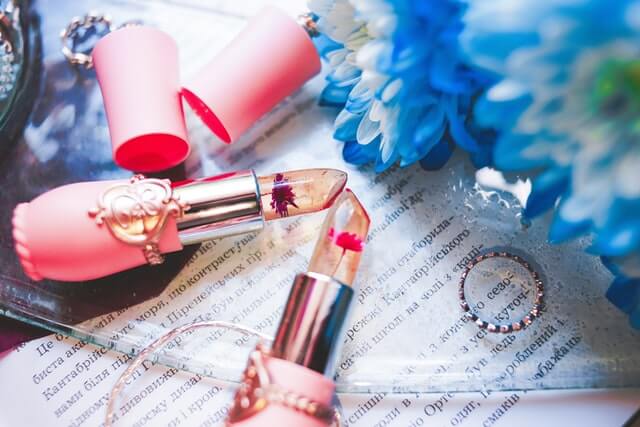
While Lipsticks provide convenience and product longevity, they don’t quite address sun care needs such as hydration, anti-black spots, anti-aging, and so forth. We covered these in great detail in our post about Predicted Sun Care Need State Winners if you’re interested in learning more. Currently holding a 0.12 percent share of voice, Lipsticks are projected to grow in the wrong direction next year by 97.93 percent.
Unfortunately, for products like this Sugar Lip Balm Sunscreen SPF 15 from fresh, 2023 might be a tough year to stay competitive. Rather than using Lipsticks specifically for Sun Care purposes, we predict consumers will prefer to use products that can be applied to other parts of their skin that may be more prone to sun damage than their lips.
Setting Sprays
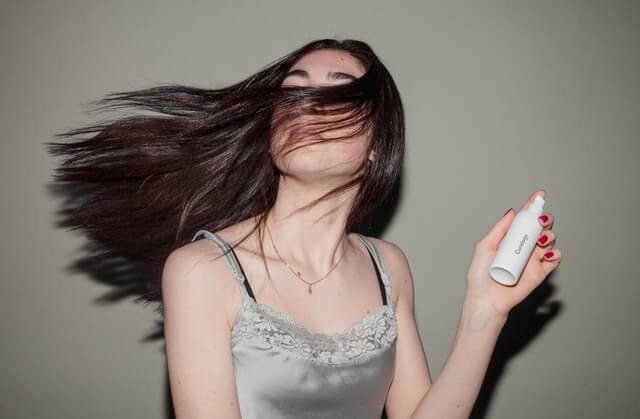
Similar to Sprays above, Setting Sprays will experience a negative 89.50 percent growth rate, which should eat into its 0.97 percent share of voice in a big way. Makeup Setting Spray is a bit like makeup glue.
Its purpose is to fuse all of your layers and make your overall look more refined. The downside to using Setting Sprays is that it adds an extra layer of effort to consumers’ cosmetics and sun care routines. As a result, we don’t recommend mimicking products like this one from Coola.
Face Sunscreen
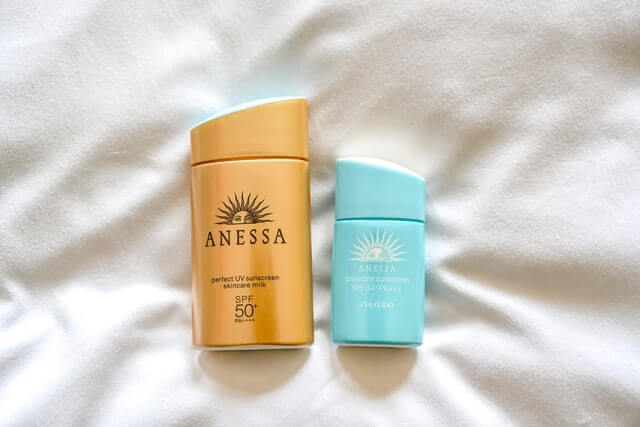
As an overarching product category, Sunscreen should perform just fine next year. However, more specifically, Face Sunscreen will see a negative 70.05 percent growth rate in 2023.
Face Sunscreens (0.45 percent share of voice) like this Light-Hearted Broad Spectrum SPF 30 Daily Face Sunscreen from Sunday Riley won’t be sought after by consumers next year as much as they were in the past. This is because the alternative, all-in-one products, are rising in popularity.
Gels
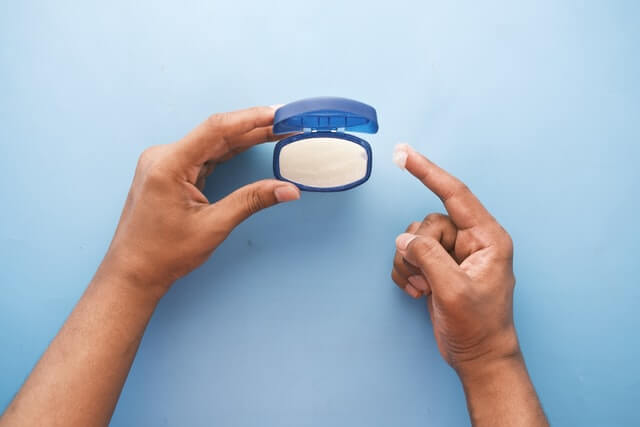
Among the cross-categories found on this list, Gels possesses the third-largest share of voice at 3.22 percent. Gels are usually popular because they are longer lasting than lotions or sprays and tend to provide more powerful benefits even when using smaller quantities of product.
Unfortunately for brands specializing in making gel-based products like this one, our AI predicts a negative 39.06 percent growth rate next year. While Gels will remain an essential cross-category form in sun care industry, they’ll have to be reinvented if they want to avoid back-to-back negative growth years.
Lip Balm
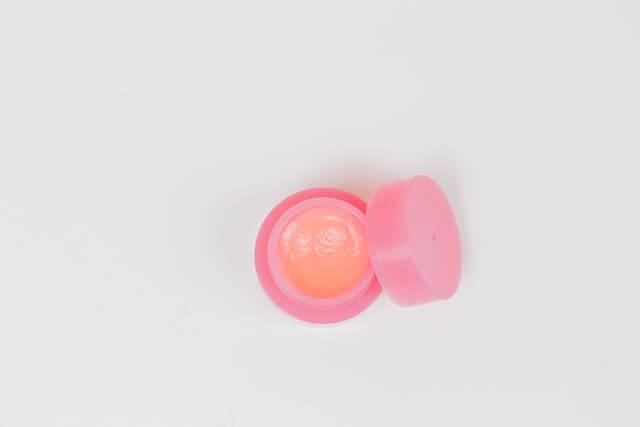
Lip Balms are surprising to land on this list, as they are a ubiquitous item found in most consumers’ pockets or bags. However, our tools project that Lip Balm’s 0.41 percent share of voice will be negatively impacted in 2023, with a negative 35.33 percent growth rate expected.
We believe the drop in popularity is due to a wave of new products being introduced to the market — particularly in categories such as Sponges and Tinted Moisturizers — that are drawing buyers in and keeping them away from their typical Lip Balm brands.
Oils
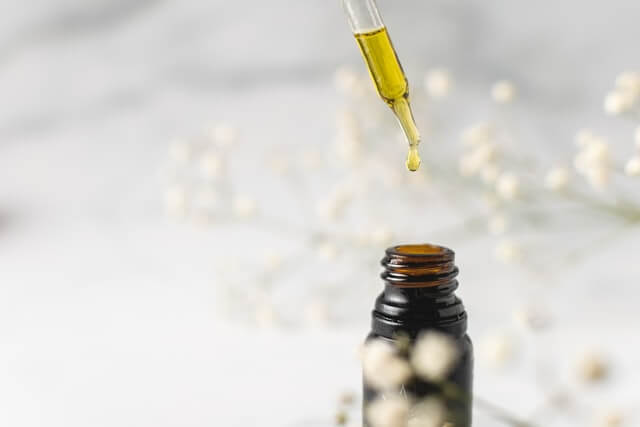
Last on our list, but certainly not least, are Oils. Oils hold the second-largest share of voice on our list at 6.82 percent. Companies like Supergoop! are set to have a rougher year than anticipated selling products like this Daily Dose Hydra-Ceramide Boost + SPF 40 Sunscreen Oil and should focus on different categories like Neck Creams and Powders instead.
Although we expect a negative 32.73 percent growth rate next year, Oils should continue to be prominent among cross-category sun care industry forms in 2023 and beyond. Brands that focus on Oil-based sun care products can use this as a time to revamp, rebrand, and remarket your product offerings.
Cross-Category Conclusion
The way consumers prefer to use their sun care products is constantly changing, so stay on top of trends as best as you can. Sprays and Body Washes are old news. So it’s time to rethink your product strategy if your brand has an R&D pipeline filled with products that fall into these cross-categories.
For more insights on luxury cosmetics trends, check out our recent webinar here. If you’re ready to see Simporter AI in action and learn what it can do for you, request a demo on our website.
